“Once upon a time”…
The beginning of a story, of a moment destined to last over time: even fashion can be read in this romantic key. But not all kinds of fashion (unfortunately): only the sustainable one, based on the circular economy, which turns the past into its present, and future. Just what (luckily) realities like Vernisse do, people like Francesca and Eugenia, who have transformed their passion for vintage and fabrics into a brand of contemporary and artisan clothing.
Vernisse is much more than a collection of made-to-order clothes: it is a celebration of Made in Italy, a love for the fabrics and materials of the past, a desire to reinterpret them in a contemporary key, and great respect for philosophy and sustainable production. The one that adds value to a garment, some sort of a “forever” promise.
We met Francesca and Eugenia to talk about their production process, surrounded by fabrics, buttons, and handcraftsmanship, the meaning that should be attributed to what you already have or that you are looking for, and listen to and give constructive advice. With patience and tenacity.
How was your love for fabrics, fashion, and vintage born?
We have always been passionate about vintage clothes and all those objects that tell a story. We are seduced by the attention to detail and the uniqueness of shapes. With our collections, we try to give a second life to abandoned fabrics and accessories from other times, reinterpreting them in a contemporary key that can reach vintage enthusiasts and not only.
What are the phases of your production process?
It all starts with the materials. We have our small archive of fabrics, trimmings, and buttons collected in recent years but also a beautiful network of suppliers who let us enter their warehouse. We work with them in a circular economy perspective: before producing something new, we use what has already been produced, transforming “forgotten” fabrics into an essential resource. All Vernisse garments are “made-to-order”: from the purchase moment, you must expect two or three weeks of waiting. This is important for us because we avoid having stock and unsold, and for customers, it is a re-education to wait and desire for something that is “tailor-made.”
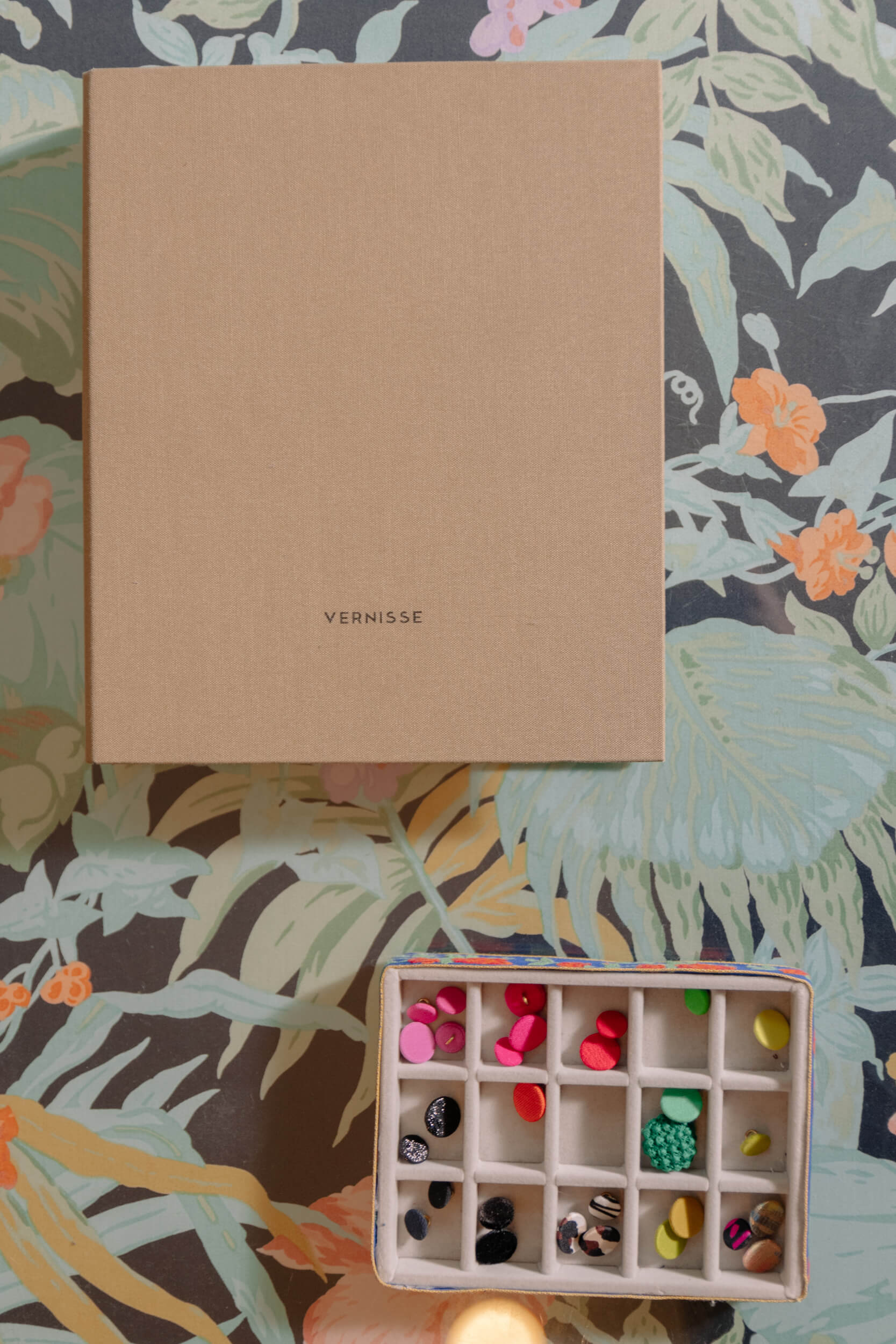
“With our collections, we try to give a second life to abandoned fabrics and accessories from other times, reinterpreting them in a contemporary key that can reach vintage enthusiasts and not only.”

What are the fabrics and fibers that you prefer to include in your capsule collections?
Vernisse was born with a love for silk, vintage jacquards, and structured organzas. Today we also use a lot of wool, devoré, and silk velvets, generally French ones. Recently, we have developed a passion for vintage jerseys.
What elements do you consider instead when choosing artisans, tailors, and the different suppliers and workers behind your looks?
We give great importance not only to the choice of materials but also to the labor, which is the basis of the quality of the products. We work with small tailoring labs, to make our production chain more transparent, traceable, and promote Made in Italy. Constant communication with realities that have their roots in craftsmanship and the ability to learn from them is the added value of our production.
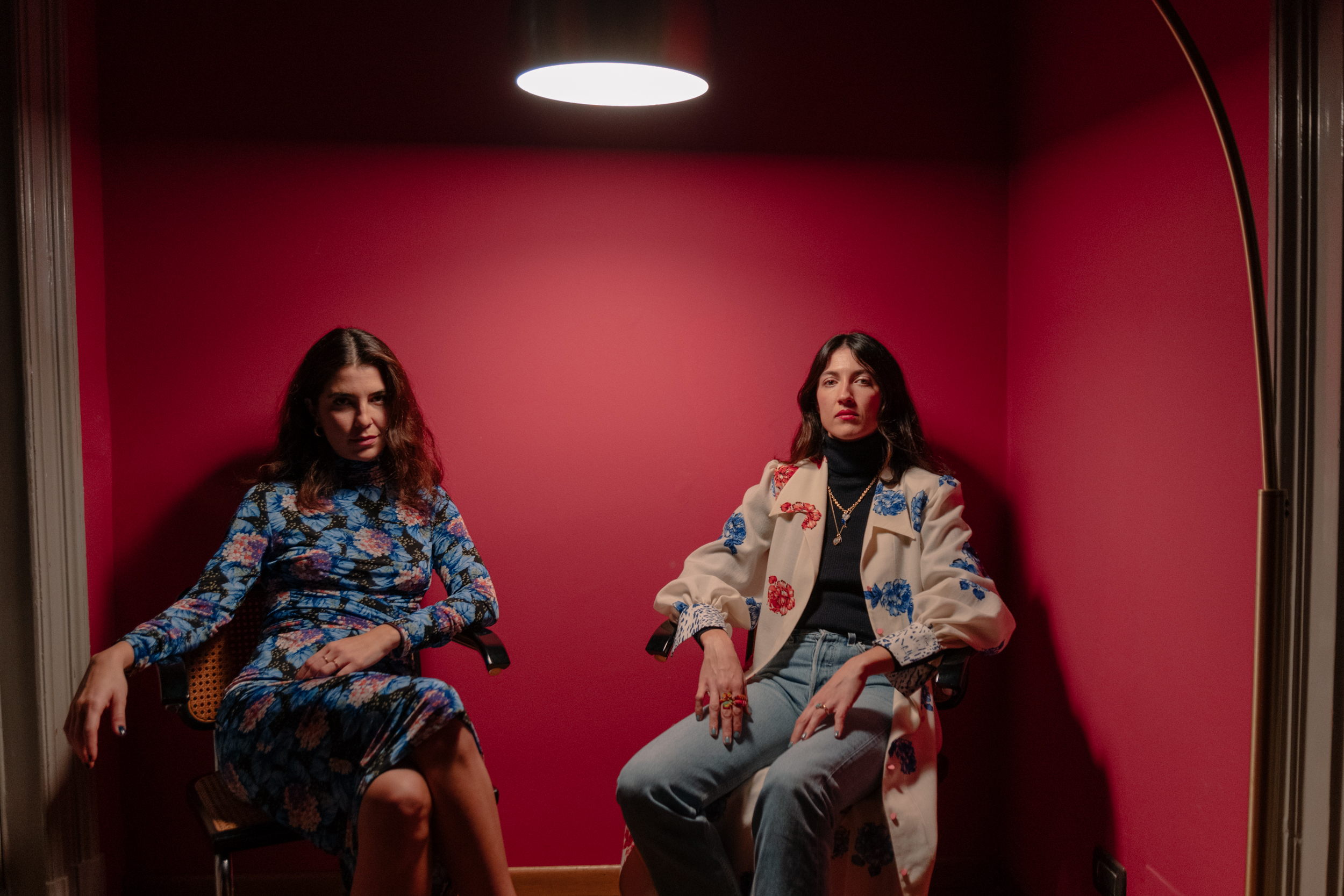
“Constant communication with realities that have their roots in craftsmanship and the ability to learn from them is the added value of our production.”

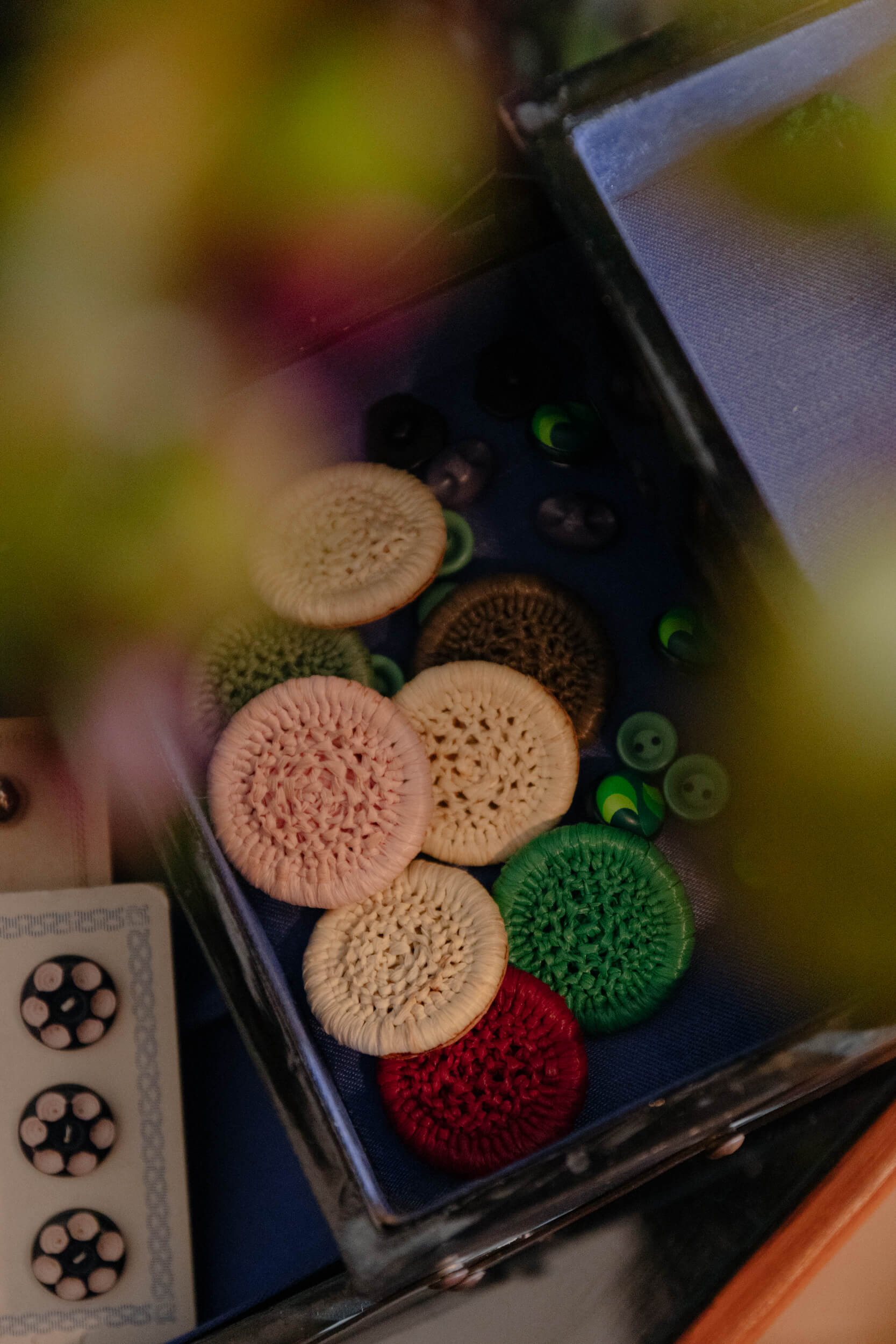
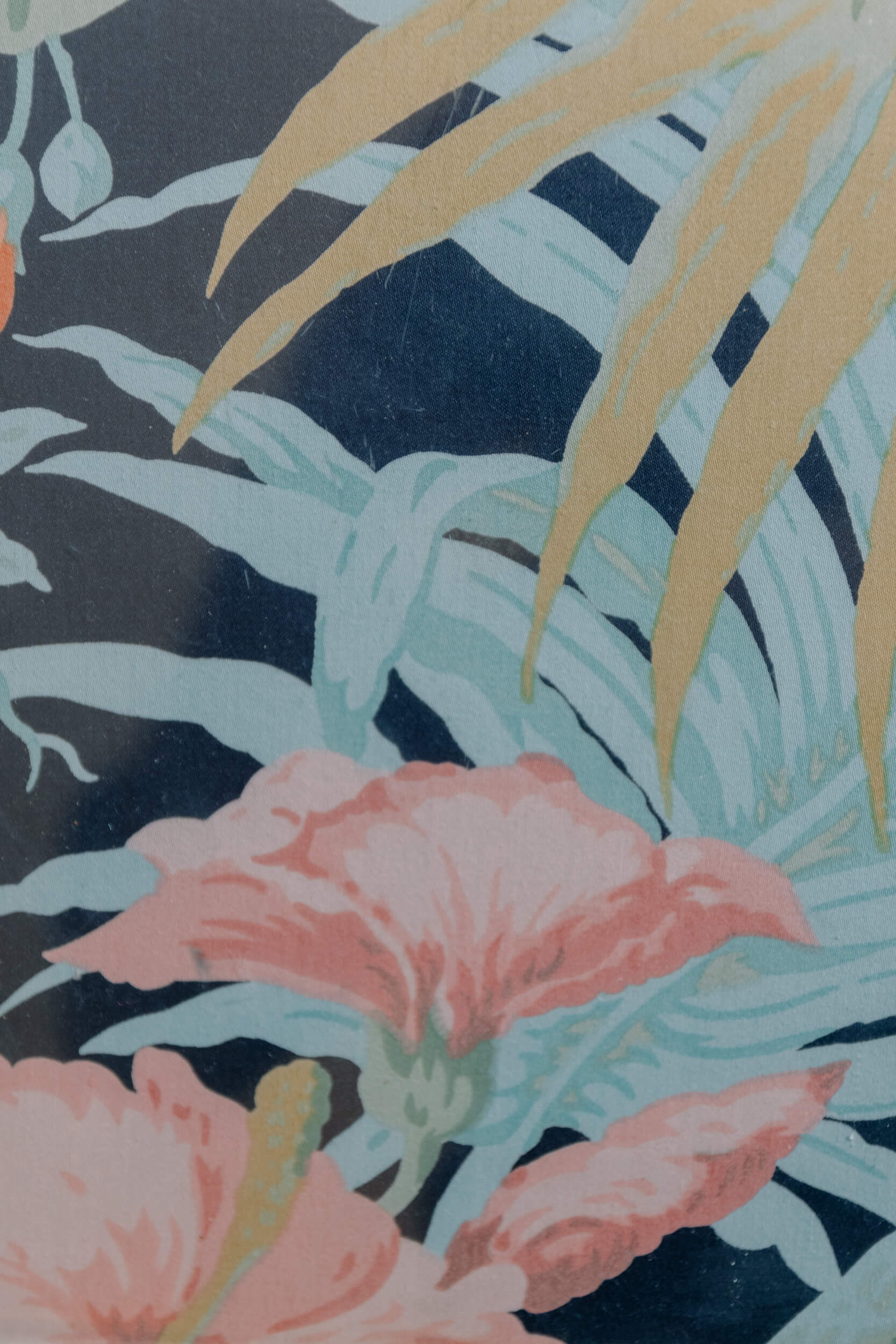
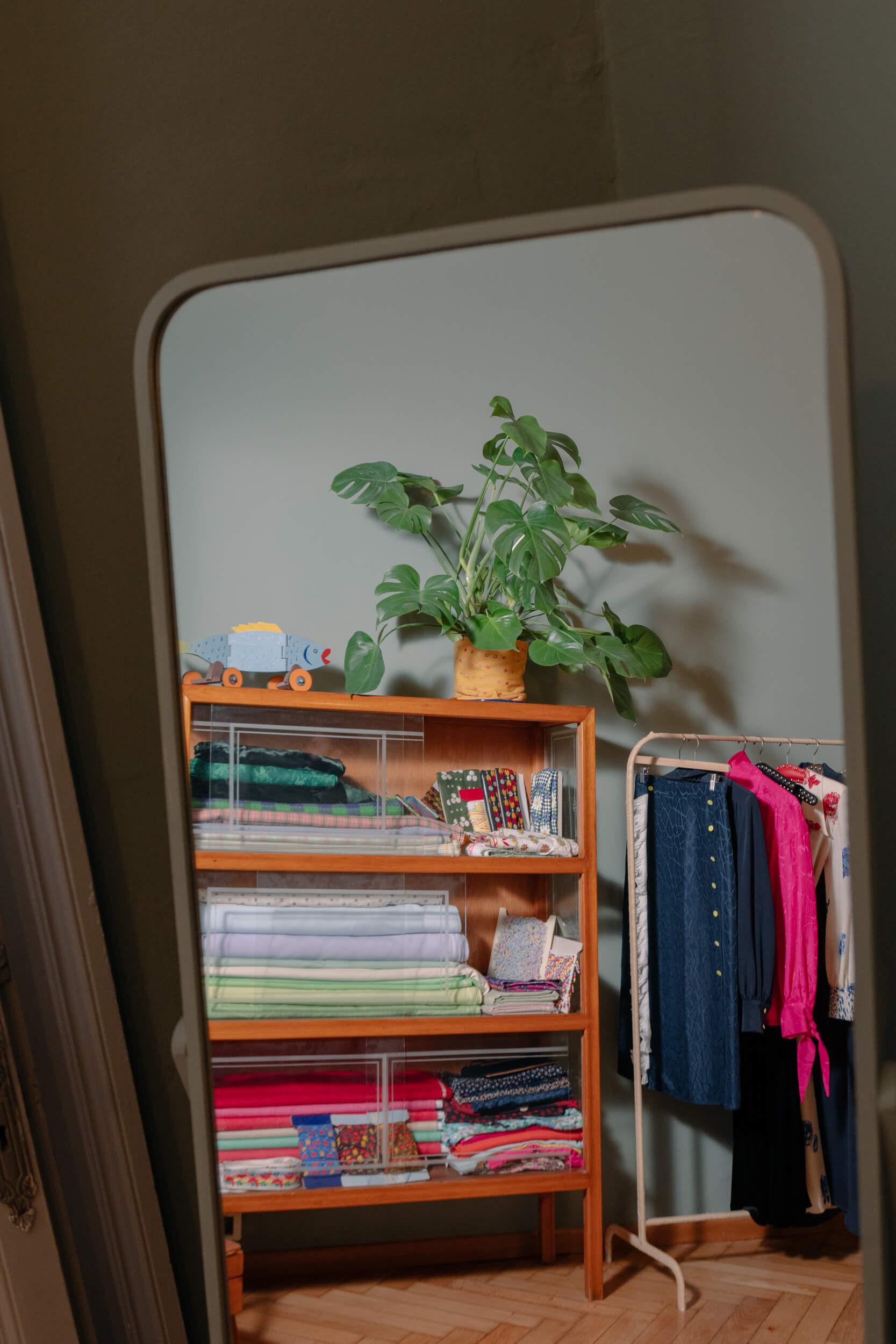
Is there a memory, a particular moment since you founded the brand that you cherish?
Every time we discover a precious archive of vintage materials, it is an unforgettable moment for us, and some of the most beautiful memories are linked to this kind of discovery. Last year, for example, we were lucky enough to take over the archive of a historic haberdashery in Milan which was closing. To open all those drawers filled with wonderful buttons, ribbons, and embroidered headways is perhaps one of the most exciting memories.

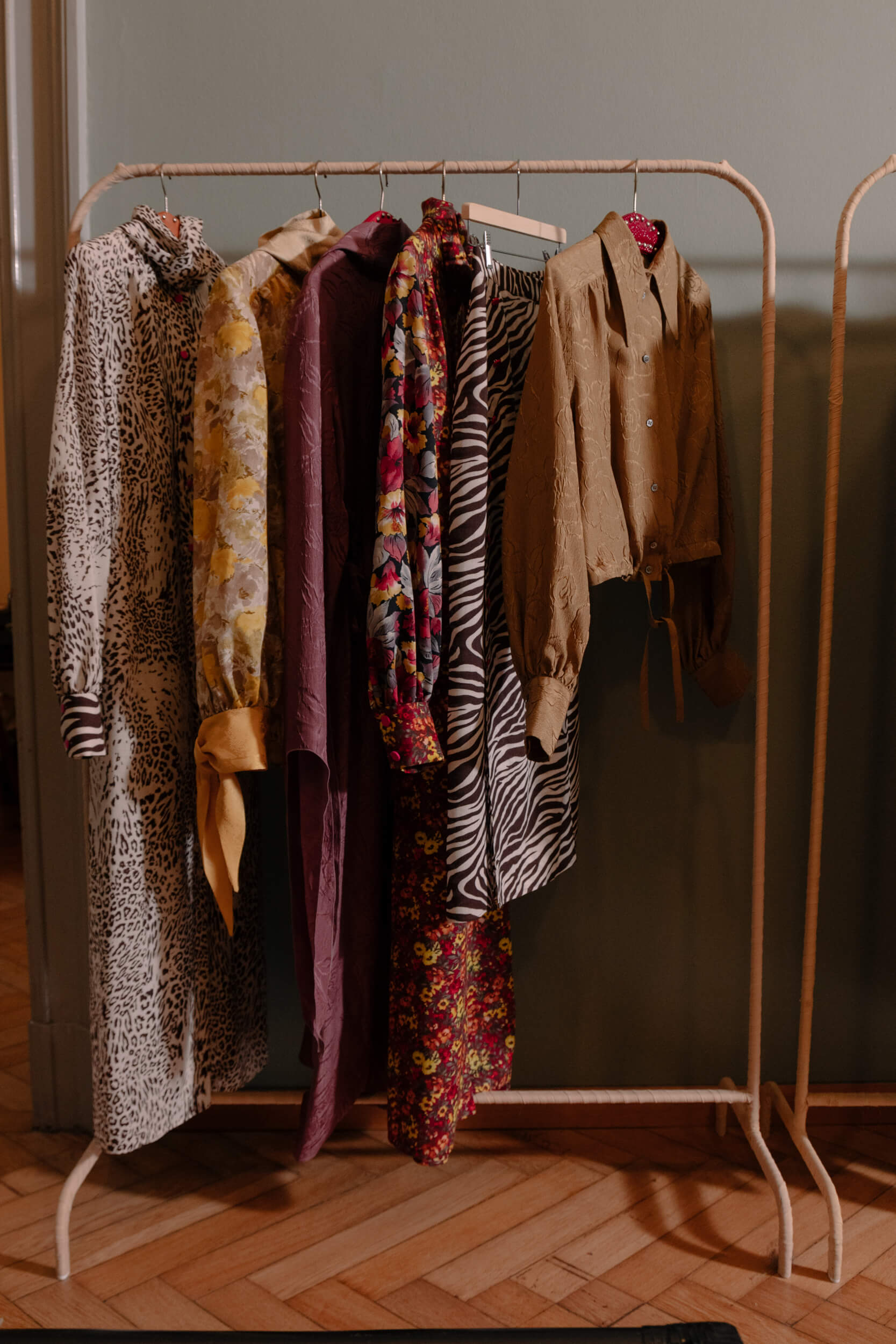
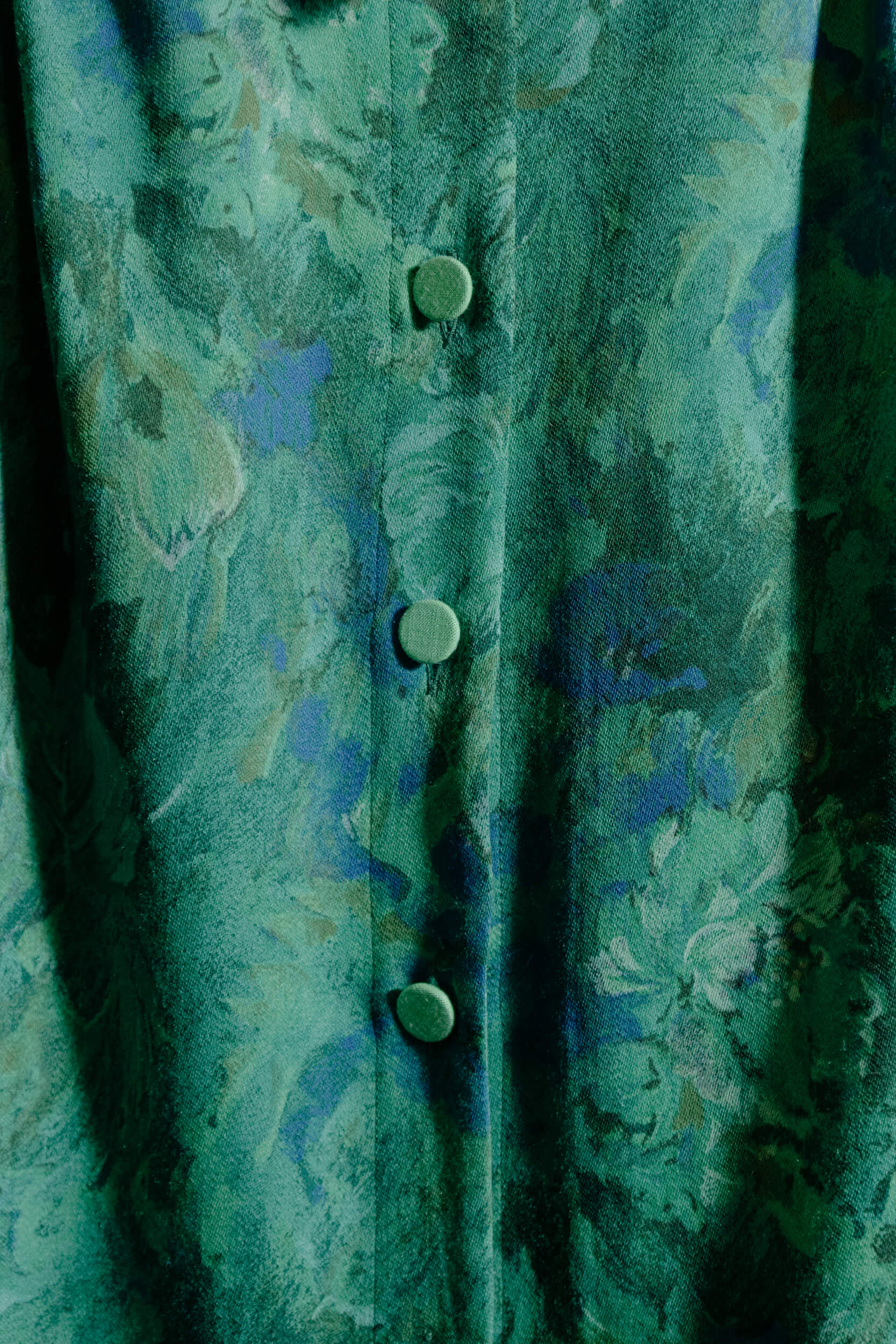
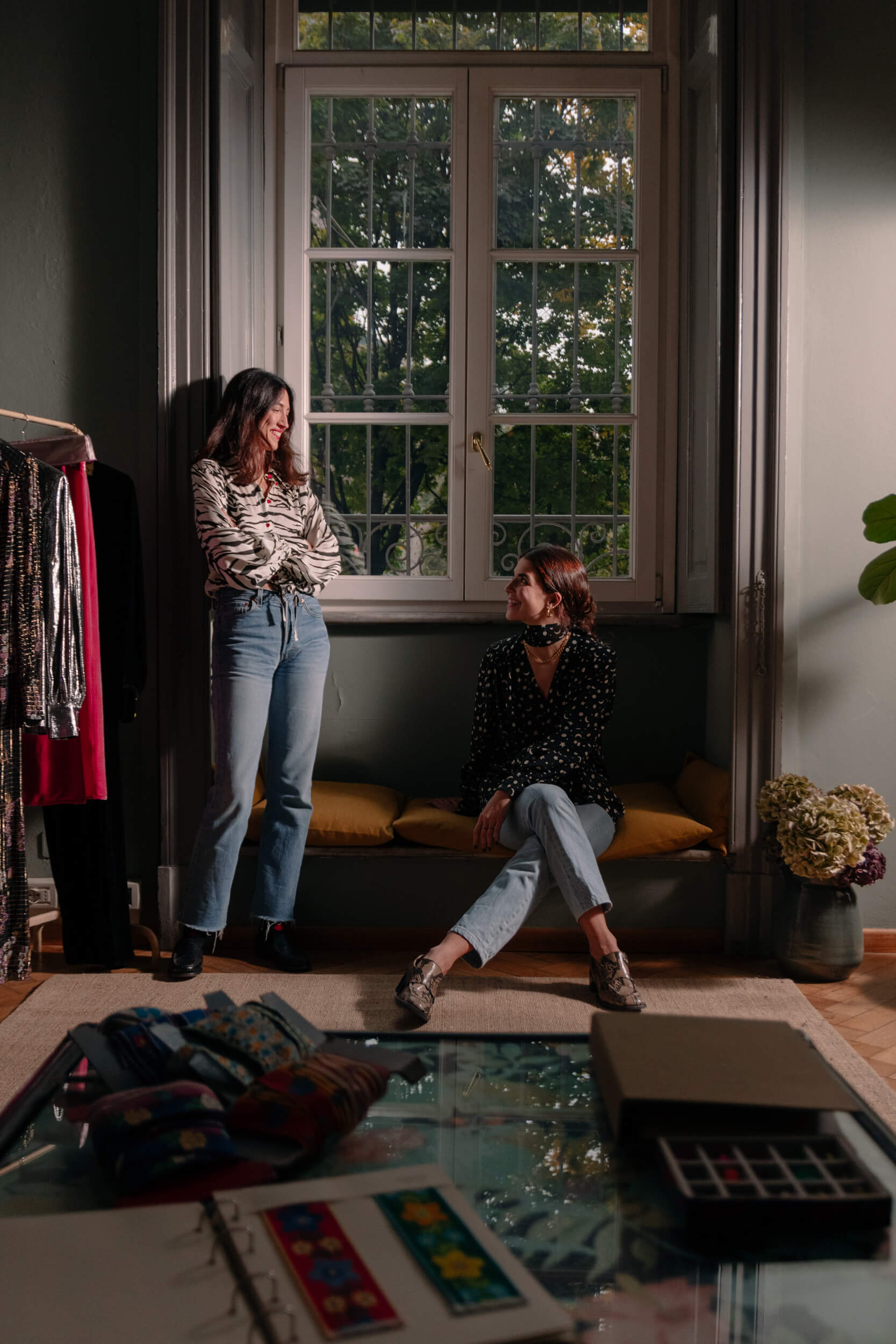
What are the 3 iconic pieces of clothing that best represent Vernisse?
The Build Me Up Shirt, which is our shirt with removable collars and accessories. It is designed to be transformed according to your needs and is perfect when traveling, through a single base and several collars, you can change your look every night.
The zebra print in all its forms, silk, linen, and wool, on shirts, skirts, and dresses. We fell in love with an animal pattern in an archive, and we had it printed on up-cycled fabrics.
Our new skirts, midi-length and wraparound, are characterized by contrasting maxi buttons with which you can adjust the width of the slit. We love to make them with mix and match fabrics or with pleated rouches in contrasting colors.
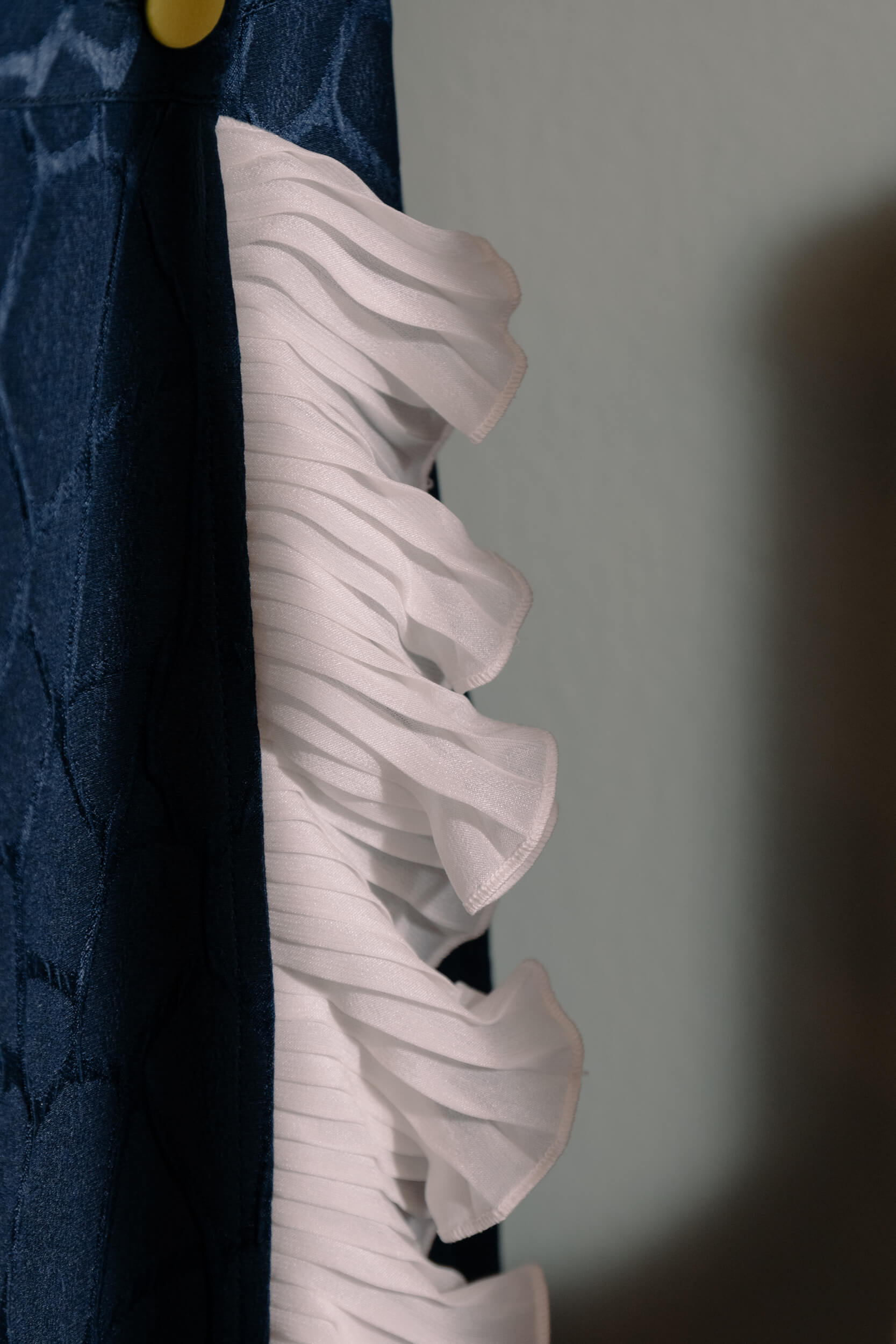

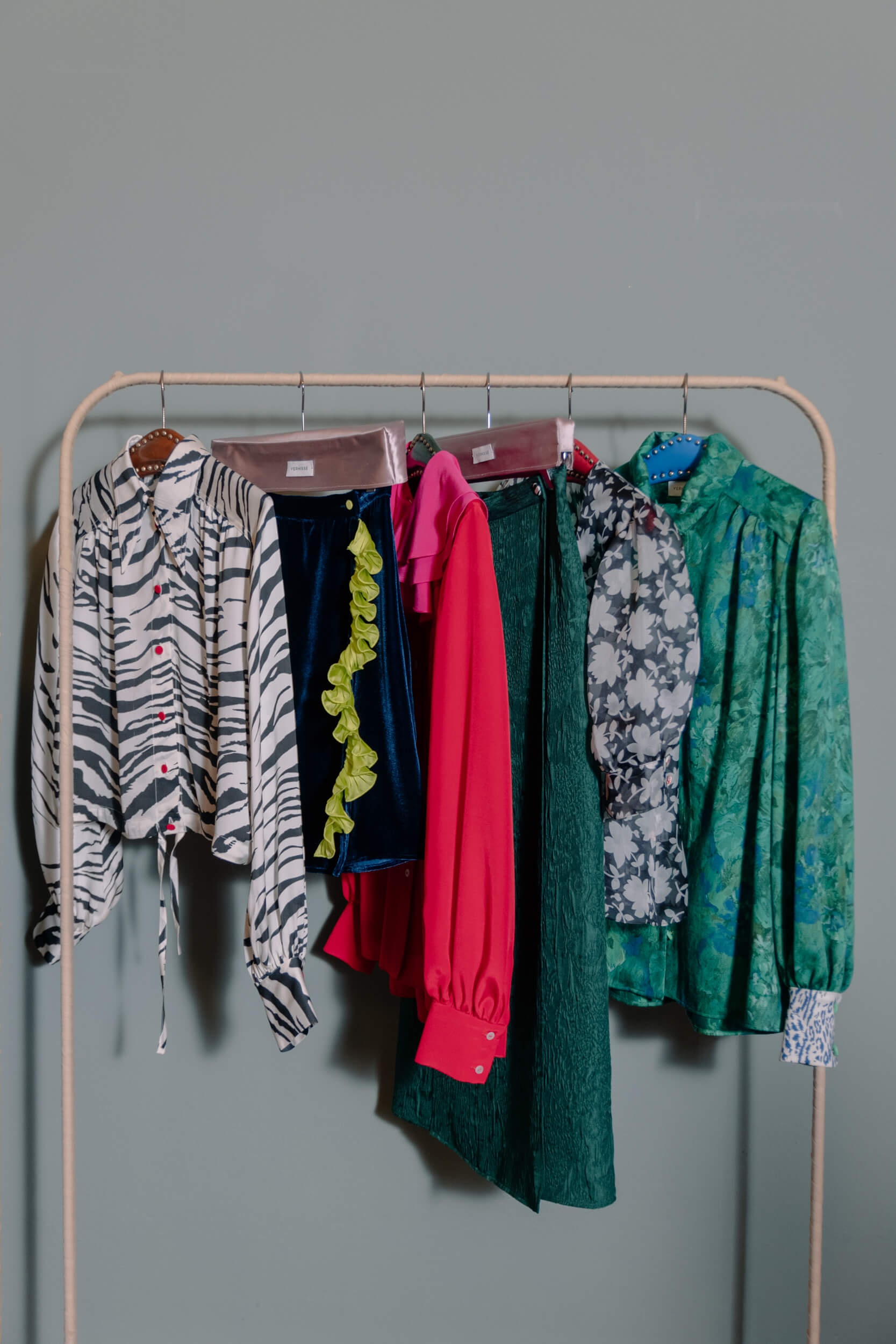

In what ways did you change/are you changing your lifestyle for it to be aligned with the principles of sustainability?
The change for us began many years ago by changing small habits that are reflected in all aspects of our lives.
Being creative Girlbosses, what was the piece of advice that turned out to be the most useful along your journey?
We are always very open to getting advice, we try to absorb the best from the people we admire in areas that are not within our competence, enhancing their skills that are complementary to ours.
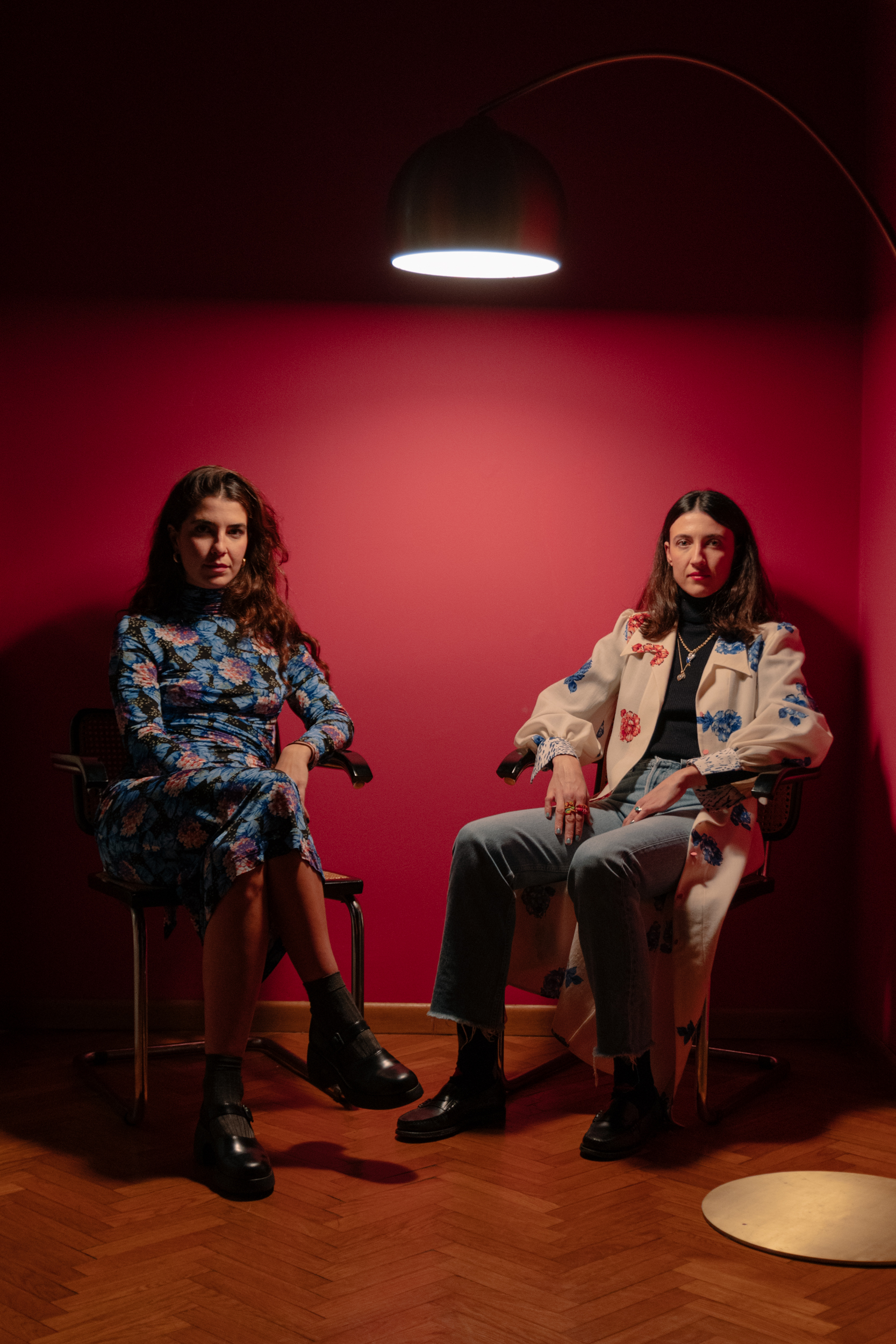


What would you suggest instead to consumers who would love to approach sustainable fashion?
Buy less, but better. Unfortunately, in recent years we have been accustomed to the idea that you have to buy millions of clothes, that everything must cost as little as possible and that the right price for a shirt is that of a t-shirt.
If we consider that in that final price, adding the fact that, besides the mark-up of the brand, there should be a fair compensation while respecting raw materials, labor, logistics expenses, etc., we immediately realize that something is wrong.
Our advice is to gain information about what you buy, carefully choosing the safe garments that represent us and that we will be happy to wear for a long time.
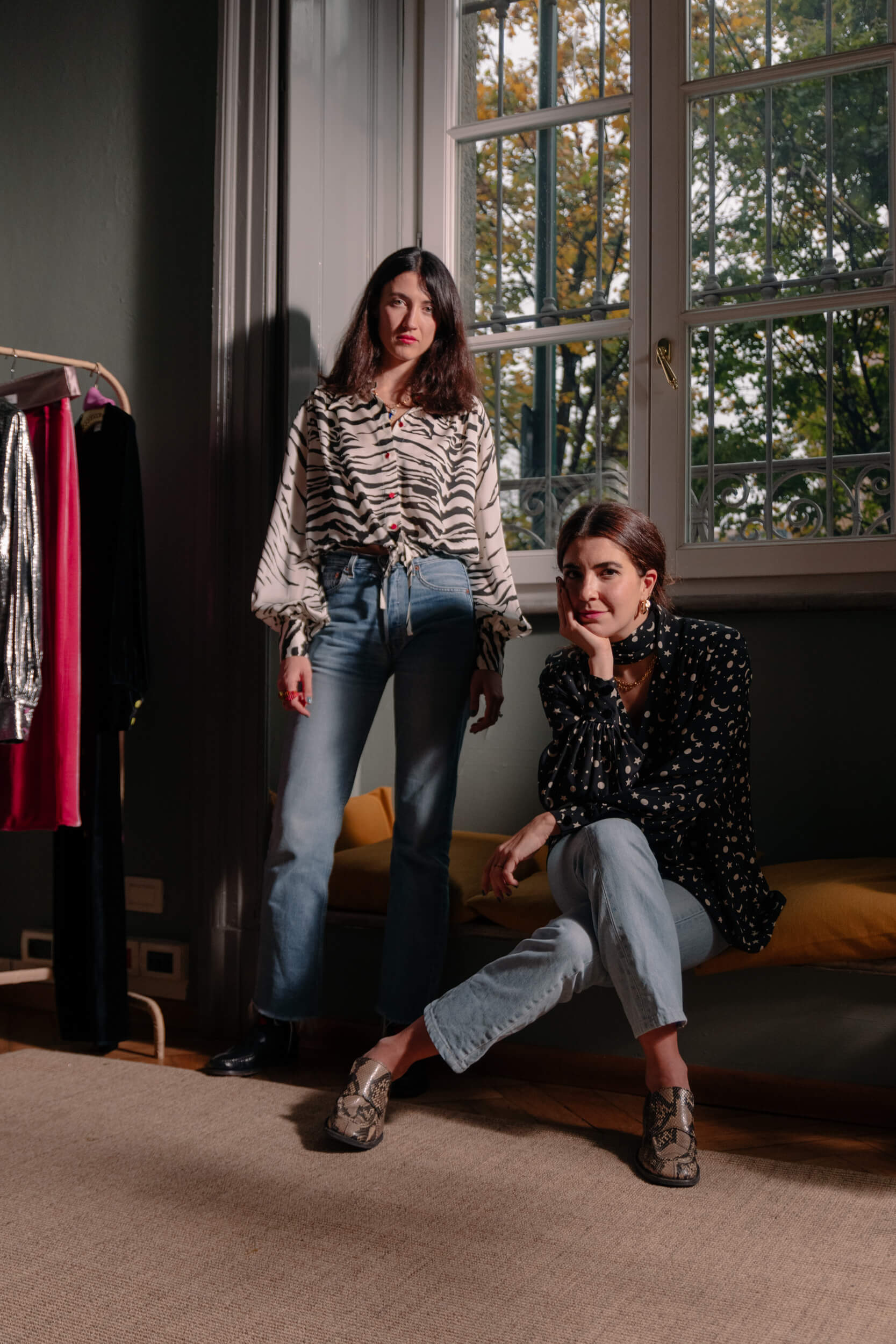

“Carefully choosing the safe garments that represent us and that we will be happy to wear for a long time.”

What do you think will be the future of fashion and communication that, luckily and at last, are increasingly starting to take into account keywords such as sustainability and timeless?
There has been a reversal of the trend for sure: after years in which fast fashion has dominated the market, today we finally talk about sustainability, and there is a desire to buy more responsibly. Within this new communication trend, however, we must be careful: green-washing (that is, trying to give a more ethical look to one’s production) is a trend in itself. Many brands, small and big, decide to focus on a “conscious” and responsible communication that is not always real.
There are small tricks to consider to orient yourself in this world of strategic marketing: when it comes to “satin,” we do not believe that it is always silk satin, it could also be polyester, brands often play on confusion. Mixed fibers cannot be recycled: it is, therefore, difficult for a garment produced from blends of yarns to be truly sustainable. Labor has a cost, and this cost must be equally absorbed in the price of the garment: we, therefore, must doubt “conscious” garments in organic fabric, which still cost too little.
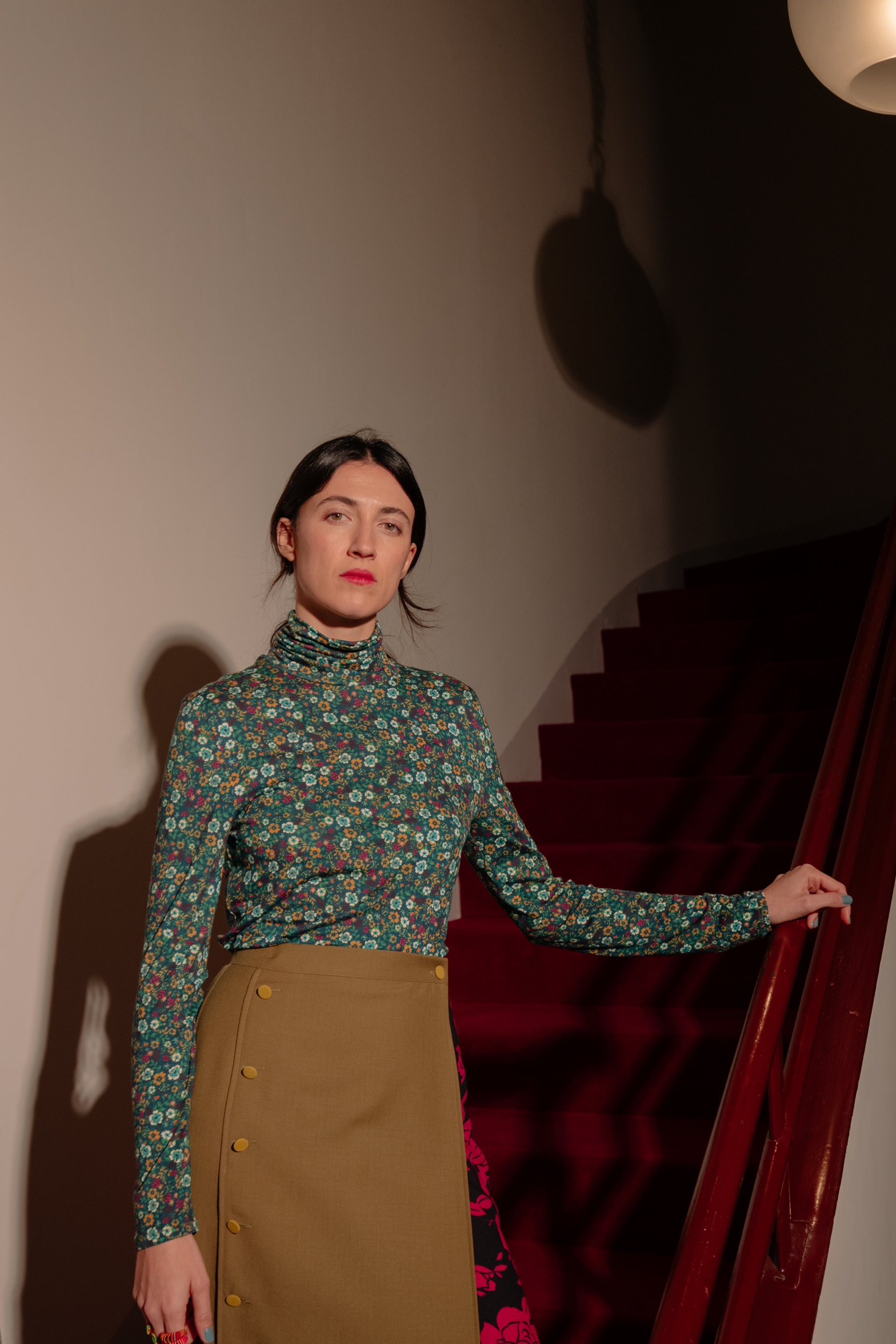
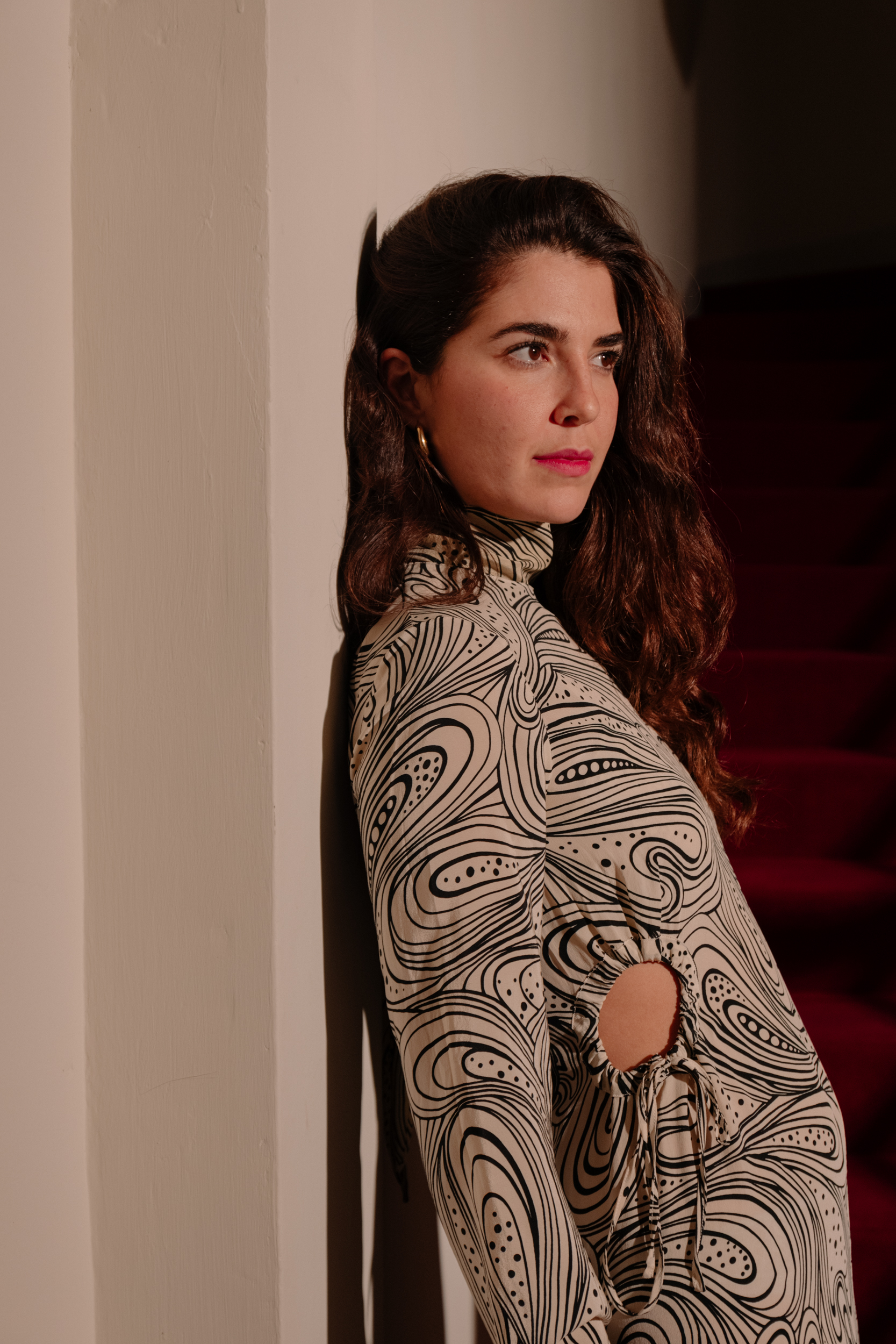
“After years in which fast fashion has dominated the market, today we finally talk about sustainability, and there is a desire to buy more responsibly.”
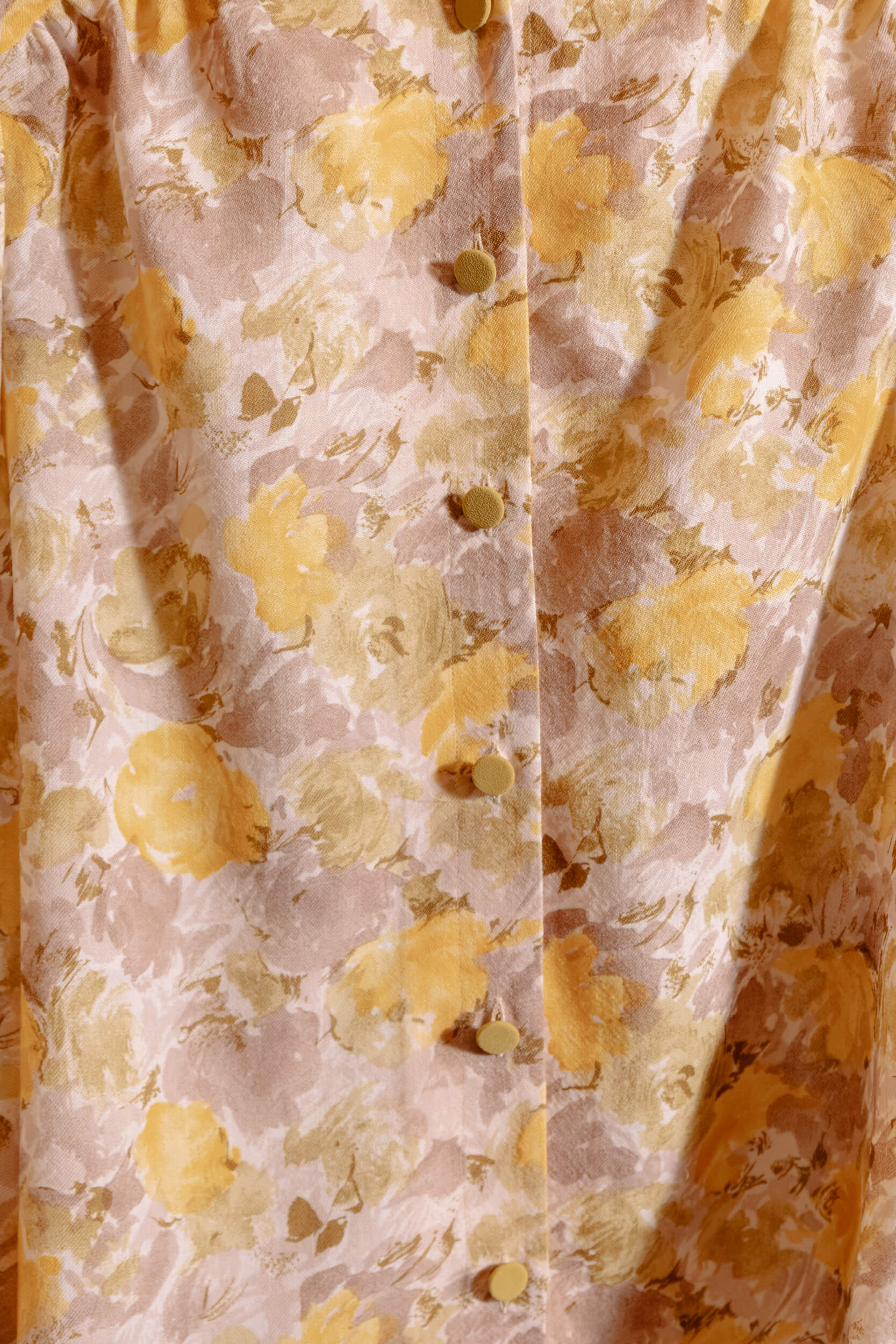


What does it mean for you to feel comfortable in your skin?
It is a broad concept that arises from the security and acceptance of oneself. We feel comfortable when we wear a piece of clothing that represents us, that has a beautiful fit and that enhances our body.
If you could live in the past, which era would you choose?
What if we wished to be able to spend a week in each decade? We are too curious, and there are too many sources of inspiration and worlds to explore to choose just one.
Through our work, especially when creativity is involved, we often test and challenge ourselves. What was the last thing you discovered about yourself?
Francesca: Tenacity and constancy, more than what I expected.
Eugenia: I discovered a patient side of myself that I didn’t know I had.

What’s the book on your nightstand right now?
Francesca: “The Prophecy of Curandera” by Mamani. A wonderful book that I am re-reading and that lets you dive into the powerful female universe and teaches you that life is a journey towards self-knowledge, it is love, movement, and renewal.
Eugenia: “Auntie Mame” by Patrick Dennis. A classic of mine, I love being transported into the life of Aunt Mame, an eclectic and exuberant woman who lives all kinds of adventures.
What dreams would you like to project on your next capsule collection?
We have a collection of embroidered trimmings that will surely come to life in the next capsules, focused on special and “limited edition” garments. We also dream of being able to create a Vernisse total look, and not only shirts, dresses, and skirts. Each model requires a lot of research and a careful study of modeling, but we hope we’ll be able to show you something new soon.
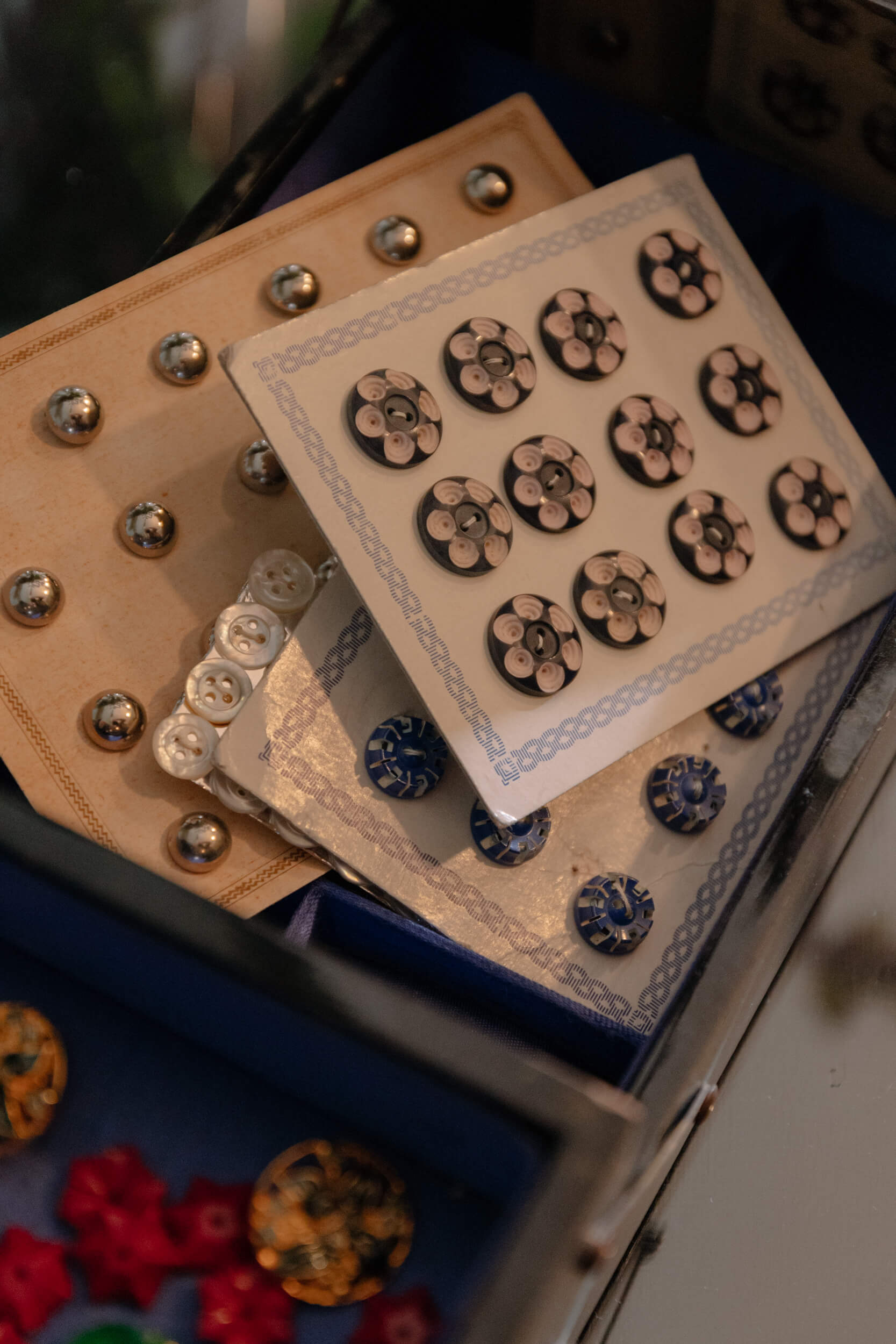


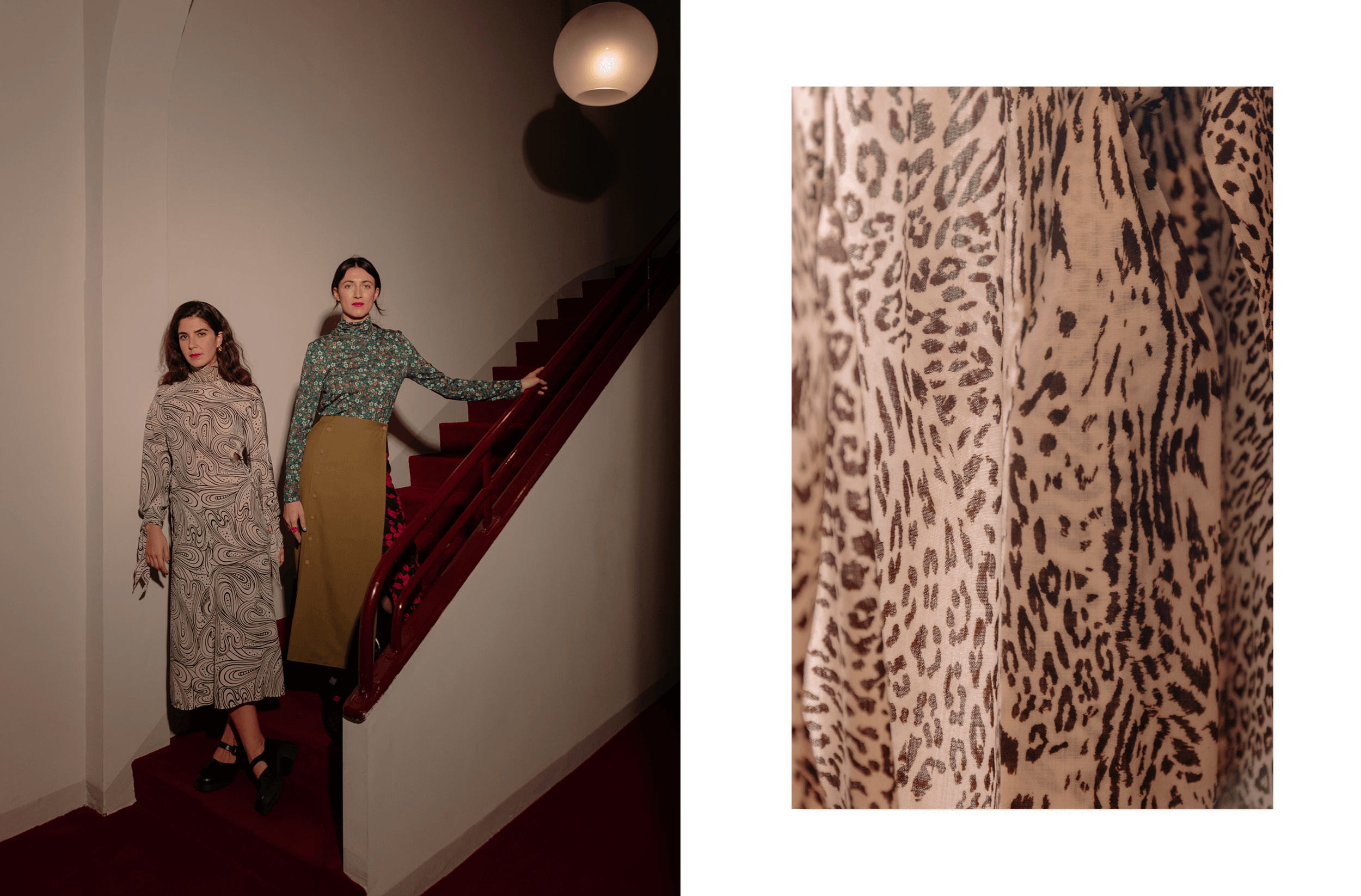
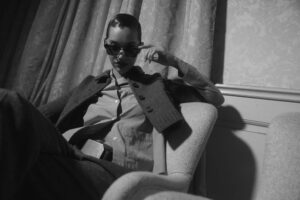

![Interview With Norbert Stumpfl [Executive Design Director of Brioni]: The Humanity of Creation](https://www.theitalianreve.com/wp-content/uploads/2023/06/EP_EDP_Essentiel_1-300x169.jpg)
